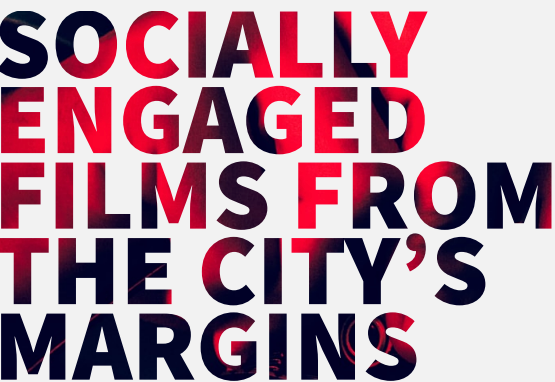The production stage of Lambert’s story circle will involve materialising the insights developed through the dialogical process in cinematic terms by “seeing” and “hearing” them in a range of representative modes. In critical literacy practice, learners are able to draw on a far wider range of modalities to communicate their ideas than are made available to them in the context of the conventional literacy classroom. At this stage, learners will be invited to mine their digital media practices for resources to articulate their social concerns. These semiotic resources might take the form of images, music, video, text, animation, photographs or any combination of these.
A thorough analysis of the meaning-making process requires attention to the cultural contexts of production, from which learners can reference and harness a range of semiotic resources, or available designs (New London Group (NLG), 1996): resources which they can remix or use as narrative, stylistic or tonal models for their productions (Kress, 2003). Multimodal designers draw on their sociocultural experiences to reconfigure these semiotic resources and create new meanings. Van Lier (2010) describes these cultural affordances as, “relationships of possibility” (4) between multimodal designers’ own interests and their cultural readings. The NLG posit that the situated nature of this pedagogy, “transforms knowledge by producing new constructions and representations of reality. Through their coengagement in Designing, people transform their relations with each other and so transform themselves” (76).
Discussions of available designs provide critical media producers with organisational models, as well as stimulating the problem-posing pedagogy. Through this process of critical framing (NLG, 1996), learners can explore the codes and conventions of media representation, which fosters the, “critical engagement necessary for them to design their social futures” (NLG, 1996: 60). Part of my problem-posing role at this stage will be encourage learners to consider: “what is needed now, in this one situation, with this configuration of purposes, aims, audience and with these resources, and given my interests in this situation?” (Kress, 2003: 49).
Whilst modes in isolation offer the critical media producer a broader representational palette than curricular literacy, combining them on a “multimodal mixing desk” (Burn and Parker, 2003: 23) further enhances the semiotic potential of this literacy practice through modal synergy. Learners will be encouraged to experiment with modal orchestration (Kress and van Leeuwen, 2001) throughout this study: from storyboards in pre-production planning; through filming at the production stage; to film editing in post-production.
As the workshops progress beyond the ideation phase, these semiotic resources - in paper, film rushes or rough-cut edit form - become the focus of the dialogical process. Whilst each critical media producer is ultimately the author of his or her own social documentary, the story circle provides a supportive, yet critical, audience; as well as promoting collaboration in the process of multimodal redesign: the, “social (re)making of a set of cultural resources” (Kress, 2011: 242). Not only do producers benefit from a feedback loop, they also come to a greater appreciation of the audience-text relationship, so that they can gauge the rhetorical power of their productions as they screen them to test audiences and invite them to comment on the learning, engagement and affect stimulated by their films.
References
Burn, A., & Parker, D. (2003). Analysing media texts. Bloomsbury Publishing.
Kress, G. R. (2003). Literacy in the new media age. Psychology Press.
Kress, G. (2011). ‘Partnerships in research’: multimodality and ethnography. Qualitative research, 11(3), 239-260.
Kress, G. R., & Van Leeuwen, T. (2001) Multimodal Discourse: The Modes and Media of Contemporary Communication. London: Edward Arnold.
The New London Group. (1996). A pedagogy of multiliteracies: designing social futures. Harvard Educational Review, 66(1),693.
Van Lier, L. (2010). The ecology of language learning: Practice to theory, theory to practice. Procedia-Social and Behavioral Sciences, 3, 2-6.
